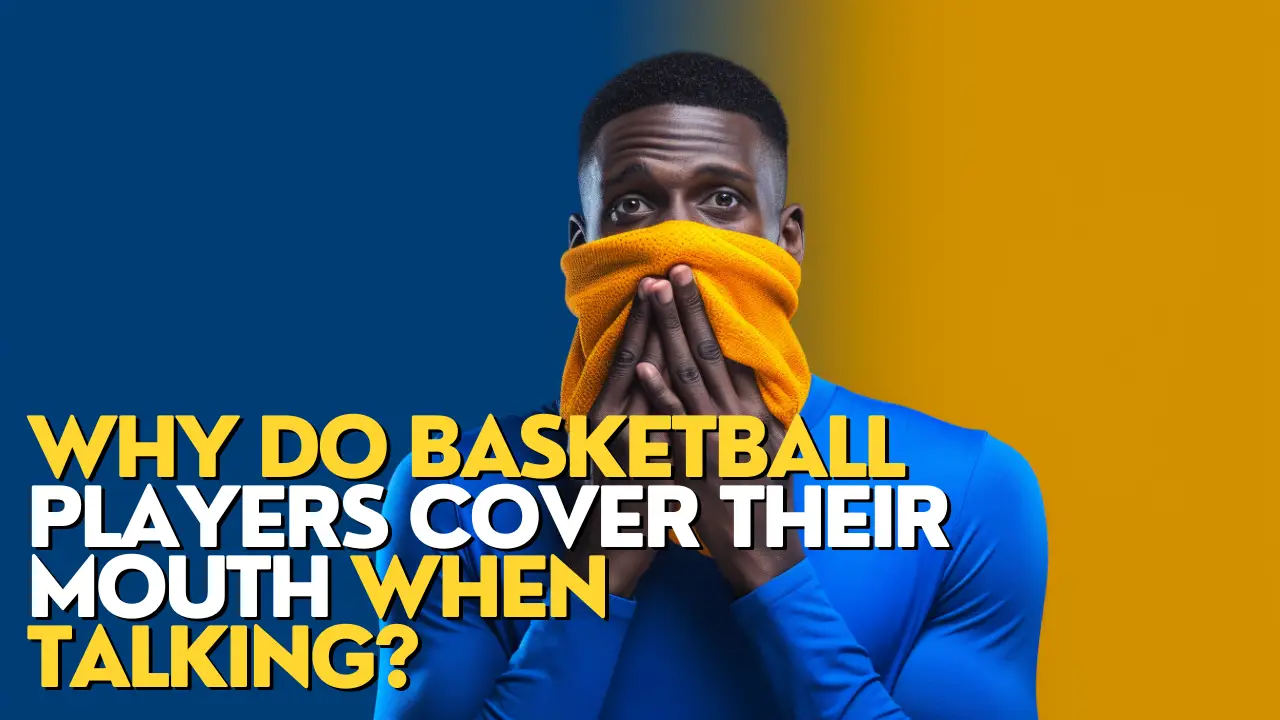
Have you ever noticed that none of your favorite college basketball players ever wear a jersey with the numbers 6, 7, 8, or 9? You might even wonder if it’s just a mere coincidence or there’s more to the story.
As it turns out, this is no accident. There is an intriguing rule in high school and NCAA basketball that restricts players from using these numbers on their jerseys. Believe it or not, this rule has been in place for many decades and has an interesting history behind it.
Stick around, and let’s take a deep dive into the reasons behind this long-standing rule and its implications in the world of college basketball.
The Reason Behind The Rule
The primary reason college basketball players cannot wear jerseys with the digits 6, 7, 8, or 9 lies in the hand signals used by referees. To avoid confusion during games, these numbers are excluded as they can be mistaken for referee signals. In fact, this rule limits the total number of jersey options to 37 for NCAA players, all of which do not include the digits 6, 7, 8, or 9. This unique regulation ensures clear communication on the court while also contributing to the distinctive character of NCAA basketball.
How Does This Rule Effect Players and Teams?
Have you ever wondered how this unique numbering rule impacts your favorite teams and players? Schools with a rich history of exceptional athletes, like Michigan State and Duke, have retired several jersey numbers in honor of these athletes – nine and thirteen respectively. This tradition, combined with the numbering rule, considerably reduces the pool of available numbers for new players.
With players that are superstitious and only like playing with their lucky numbers, this rule can also make it difficult for some players to choose their preferred jerseys and may even impact which school the player attends. However, in most cases if you’re a player recruited by Michigan State or Duke, you’re probably going to deal with the limited amount of numbers available to you.
What Are Some Other Noteworthy Jersey Rules in College?
This rule isn’t the only rule when it comes to basketball players college jerseys. Let’s take a look at a couple more.
- Back of the Jersey: The team has the discretion to add various elements on the back of the jerseys. These can include the player’s name, the school’s name, a reference to the school’s mascot, or even words intended to celebrate or memorialize significant persons, events, or other causes.
- Headbands, Wristbands, and Sleeves: According to NCAA rules (Rule 1-24.1 and .4), these accessories must be single solid-colored items that are similar to the dominant color of the game jersey, white, black, or beige. Words are not permitted on these items. The only exceptions are a single manufacturer’s logo or one institutional logo, provided they meet the size restrictions laid out in Rule 1-25.2.
- Jersey Colors for Opposing Teams: According to NCAA rules (Rule 1-22.4), the home team is typically required to wear light-colored game jerseys and shorts, while the away team should wear dark-colored game jerseys and shorts. However, these rules can be adjusted with mutual consent between competing institutions, provided the jersey colors still contrast. The final decision regarding contrasting shirts ultimately rests with the game’s Referee.
Conclusion
Now you know why you never see college basketball players wearing certain numbers. Along with that, you have some extra knowledge in regards to other jersey rules. If you have any other questions feel free to leave them below.




